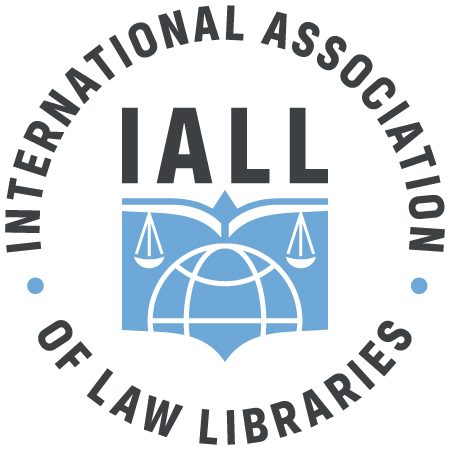By Mike McArthur – Duke University School of Law
The U.S. Presidential election is fast approaching, and its impact is being felt globally. Media coverage of the U.S. election extends far beyond North America, reflecting the global consequences of electing a U.S. President. While much has been written about the election, and as political commentary and critique flood social and mainstream media streams, I wanted to provide a few observations about how elections in the U.S. may seem different (and a few resources for those interested).
The Marathon –
In many countries around the world elections happen quickly. Snap elections are called, the candidates line up, push their messages at set times and in carefully restricted ways, and within a few months the process is over. In contrast, the U.S. election system is an overly complicated, continuous process, sometimes referred to as the political-industrial complex [1].
Elections for all levels of government (federal, state, local, etc.) often align with the 2-year federal election cycle, occurring in early November of every even numbered year. Presidential elections, in turn, occur every other cycle and notably turn up the dial on news coverage and actual participation.
Candidates for federal elections often signal their interest to run for office in the next cycle shortly after, often within days or weeks, of the prior election’s declared outcome. This is often for financial reasons, as candidates who begin collecting political donations early may enjoy more exposure. They also start to build momentum for the primaries, a process that happens early in the second year, where candidates for each party are decided upon. At each step, a host of laws and regulations must be observed [2].
This never-ending process means that political news is in constant flux, the intensity waxing and waning throughout the years’ long election cycle.
State Election Laws –
While the U.S. Constitution [3] and federal laws like the Voting Rights Act [4] provide some basic guardrails, states have wide discretion in the manner elections are handled. State law, not federal law, determines most of the particulars when it comes to the voting process, and every state has a distinct and unique set of laws that administer federal elections.
State legislature set the geographical boundaries of the voting districts, voting timeline, etc. State election boards identify where voting booths will be set up, often at community centers or schools, and send out required notifications and communications to registered voters in the state. Almost everything, from voter registration to the actual voting procedures, security, ballot counting, and ultimately certifying the election, is determined at the state level and differences in the laws can play a significant role in the actual outcomes of an election.
This in turn impacts how a particular voter may experience elections throughout their life.
Battleground States –
While the election takes place across the entire U.S., there are certain states that play an outsized role. These states, often called “swing states,” “battleground states,” or “purple states,” tend to have narrow vote margins and can end up deciding for either party [5]. Because these races are particularly competitive and impactful, federal candidates often end up spending much of their time and resources appealing to these particular voters.
For those of us residing in these states, elections can be a very different experience. Our mailboxes are filled with political flyers, our inboxes are inundated with political messaging, and the constant buzzing of text messages flagged as spam. We are frequently visited by presidential candidates, who come back over and over, especially during the last few months.
Within a few short weeks the election will come and go. We hope for an uneventful, straightforward, and uncontested result, after which the cycle will start again.
Resources and Links
For those interested in a comprehensive resource covering U.S. Election law and process, the 2-volume Guide to U.S. Elections by CQ Press (https://search.worldcat.org/title/430736650) is a solid choice. CQ Press is a respected niche publisher that focuses narrowly on political topics.
For more detailed information on a few election topics, here are some places to start:
- An official source for voting and election laws – https://www.usa.gov/voting-laws
- A non-partisan site with general information, data, and historical trends – https://usafacts.org/topics/elections/
- A non-partisan site with detailed information about candidates, races, and historical data (~2012) – https://ballotpedia.org/Elections_by_state_and_year
- The Public Broadcasting Services’ collection of K-12 election education material – https://pbsnc.pbslearningmedia.org/collection/election-collection/
[1] – https://hbr.org/2020/07/fixing-u-s-politics
[2] – https://ballotpedia.org/Federal_campaign_finance_laws_and_regulations
[3] – Art. 1, Sec. 4 – https://constitution.congress.gov/browse/essay/artI-S4-C1-2/ALDE_00013577/
[4] – https://www.justice.gov/crt/introduction-federal-voting-rights-laws
[5] – https://usafacts.org/articles/what-are-the-current-swing-states-and-how-have-they-changed-over-time/
This Blog contains entries by members of the International Association of Law Libraries on issues germane to the Association’s areas of focus. Views expressed in an individual entry only represent the views of the author, and not those of the International Association of Law Libraries or the author’s employer.
